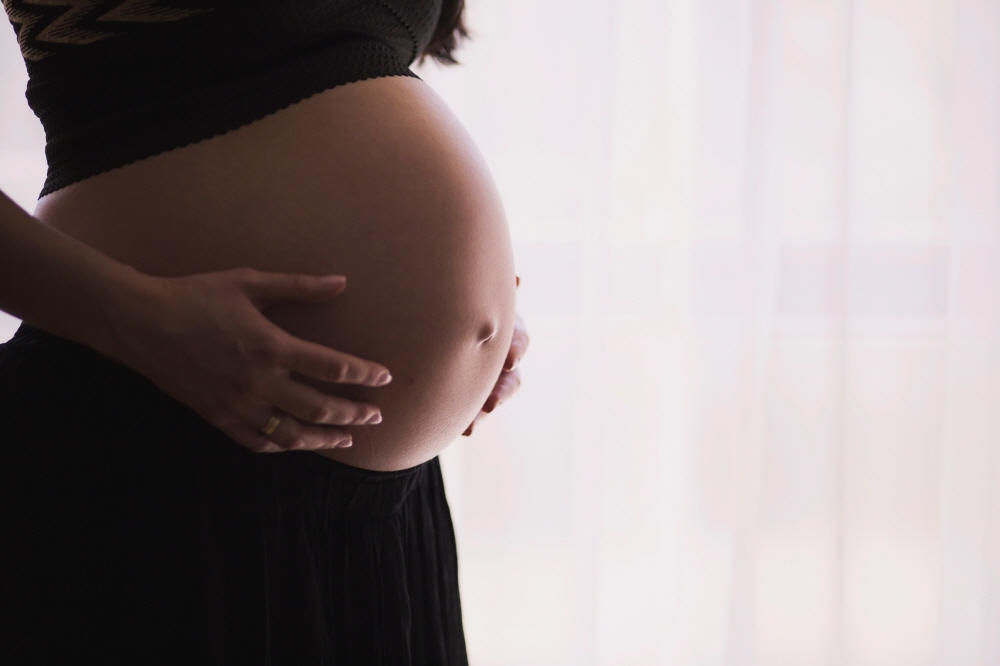
The Italian team has detected microplastics in the human placenta for the first time in the world. It is suggested that microplastics from the mother’s body will be transmitted to the developing fetus through the placenta, and the research team is raising an alarm, saying there are serious concerns.
Microplastics are literally fine plastic particles. Microplastics are known to occur not only in plastic products, but also in toothpaste and exfoliating cleansers, and in recent studies, it has been found that plastic tea bags and paper cups release large quantities of microplastics.
The researchers found microplastics in the placenta of four out of six women who agreed to provide samples after childbirth. Accordingly, the results of a study that the microplastics consumed by pregnant women reach the placenta were announced.
The microplastics found were 12 in total, including 5 in the placenta on the fetal side, 4 on the maternal side, and 3 on the amnion side. In this study, only 4% of the placenta were analyzed, so the research team argued that the number contained in the placenta was much higher. Because these microplastics are dyed red, blue, orange, pink, etc., the research team predicts that they were released from packages, paints, cosmetics, and personal hygiene products. The two women who did not detect microplastics in the placenta are believed to be due to lifestyle differences.
Since this study only analyzed the placenta, it is not known whether the microplastic actually reached the fetus through the placenta. Researchers claim that microplastics in the placenta cause dangerous pregnancy symptoms, such as preeclampsia and delayed fetal development in the uterus. It is revealed that research on whether or not is necessary. Related information can be found here .

